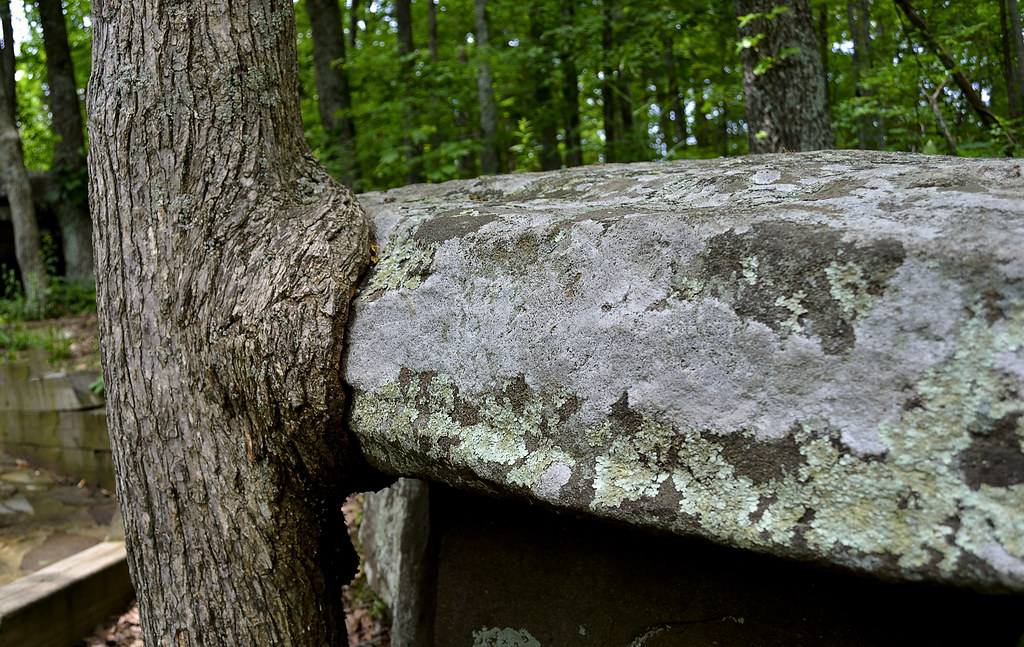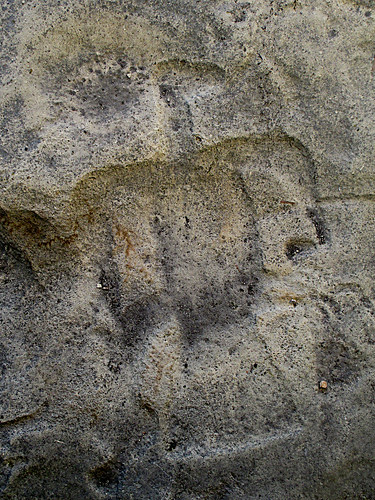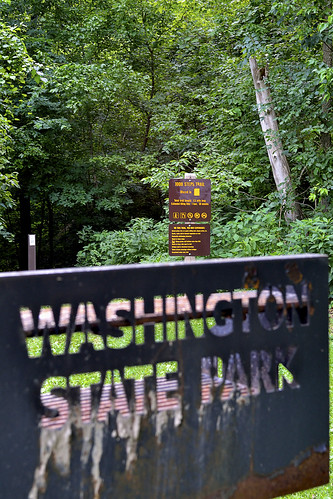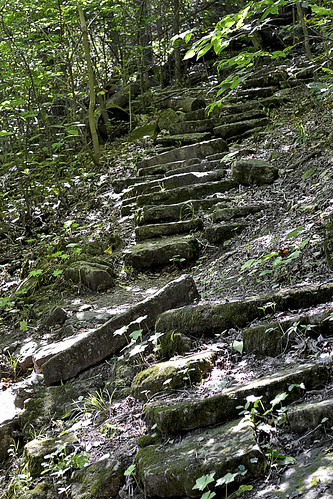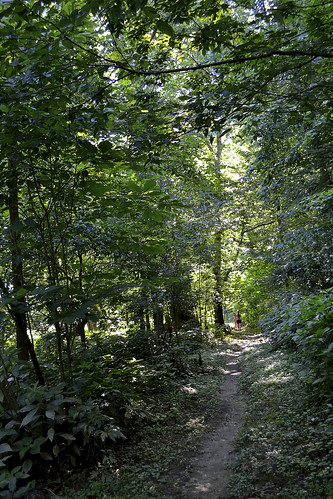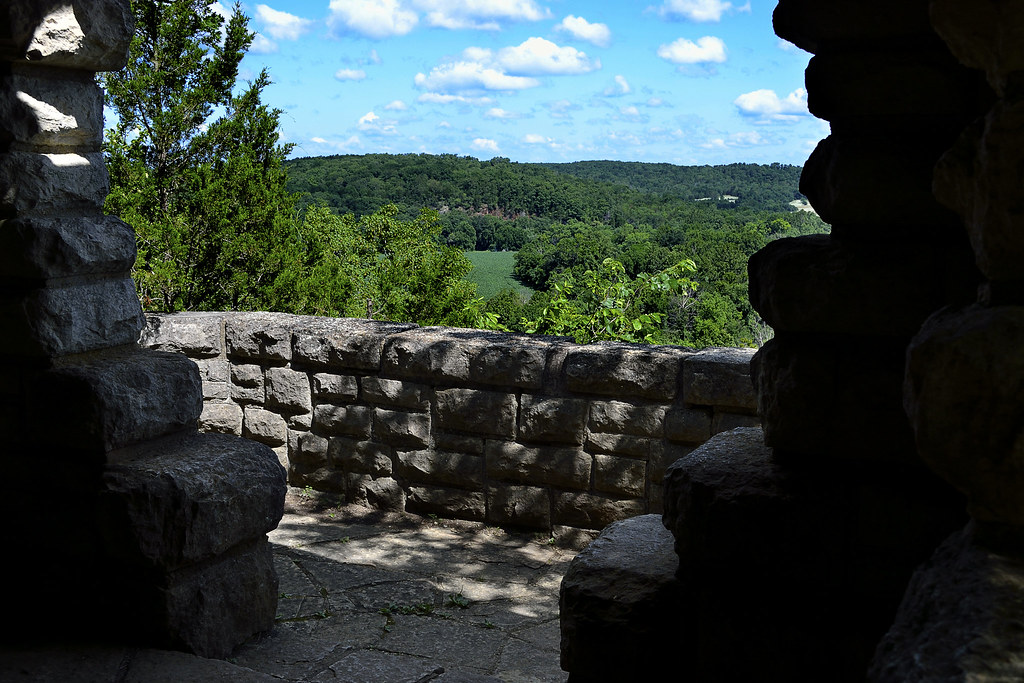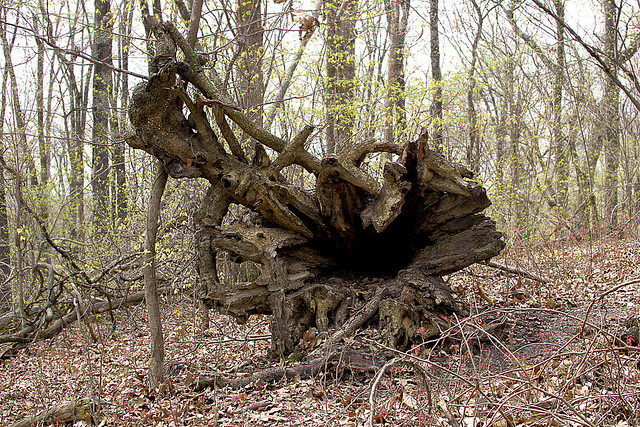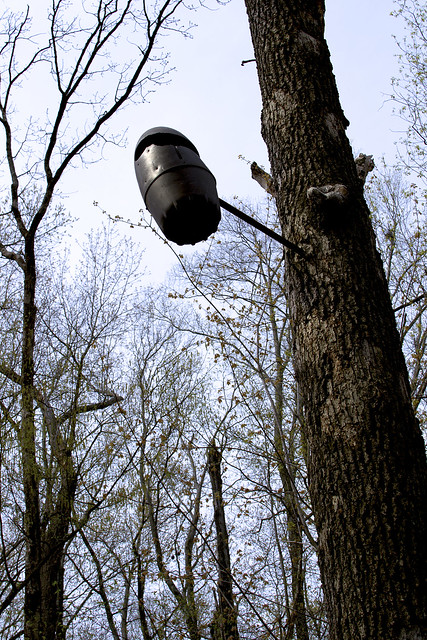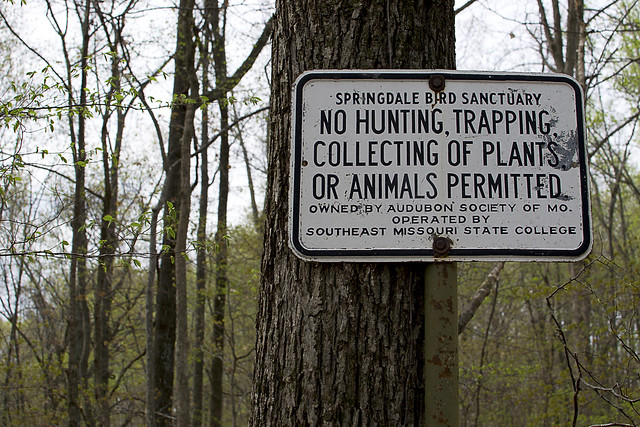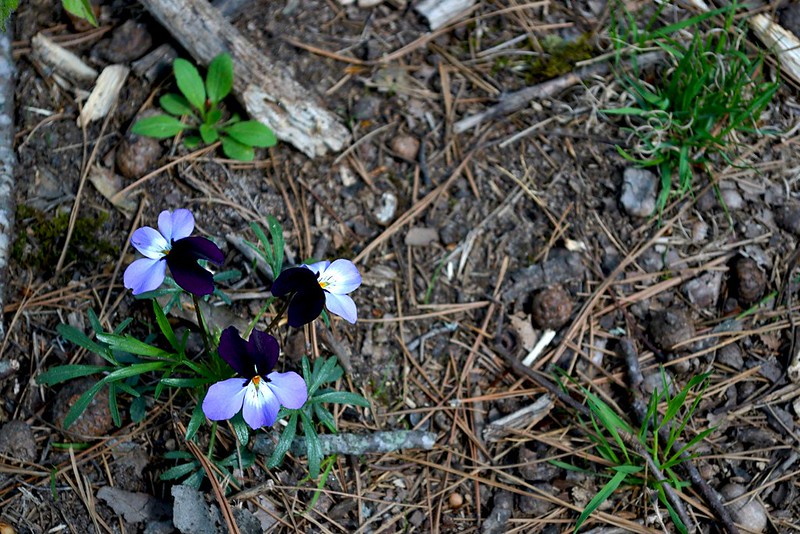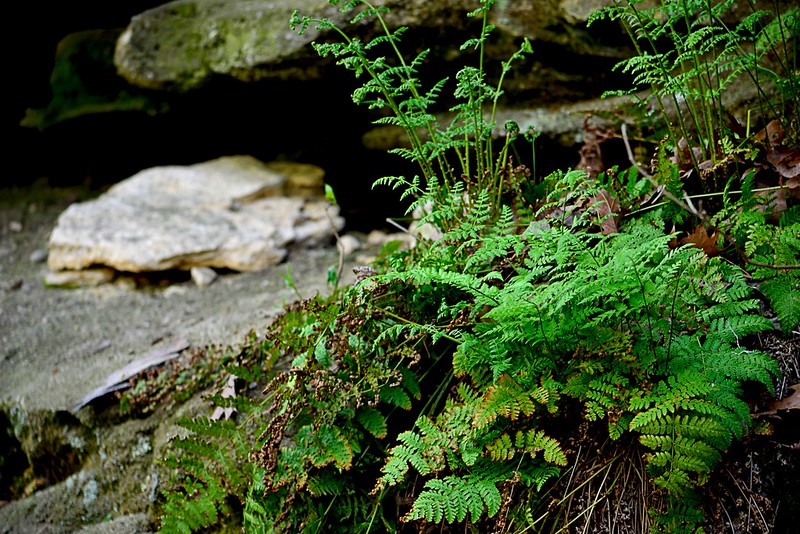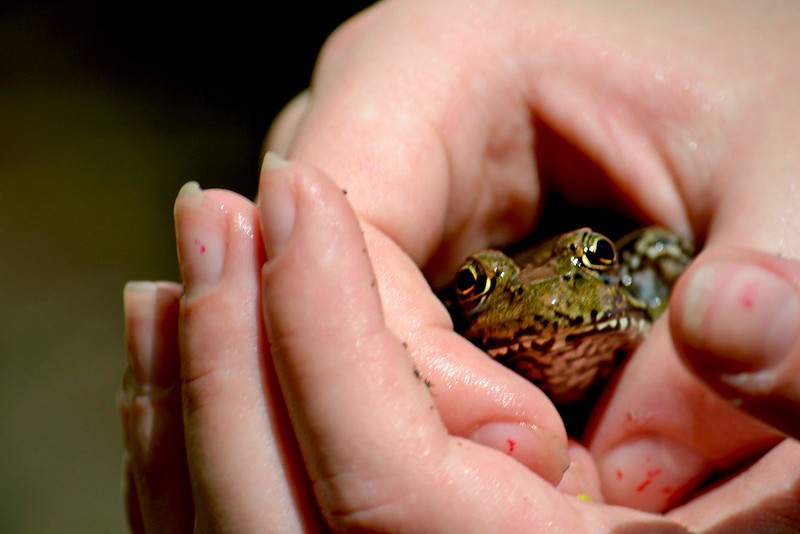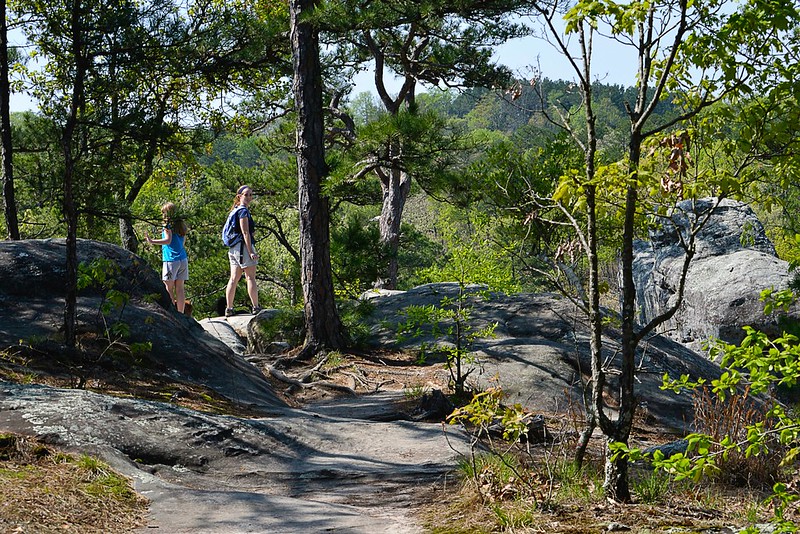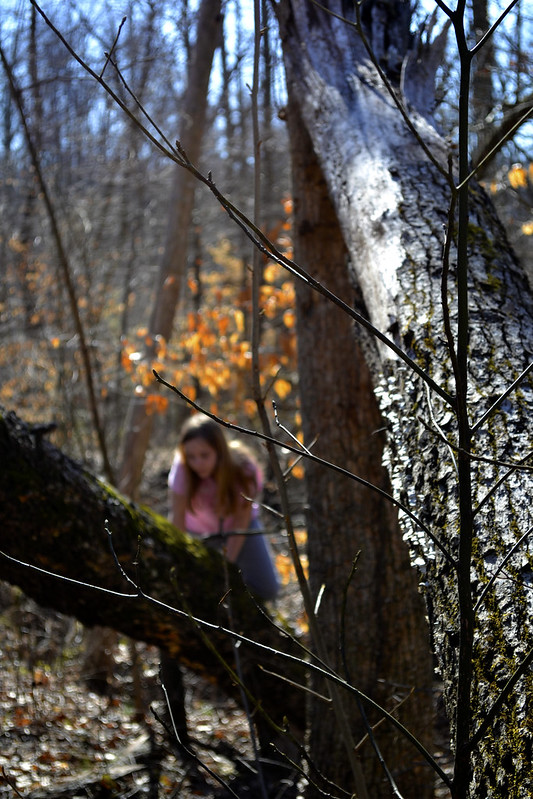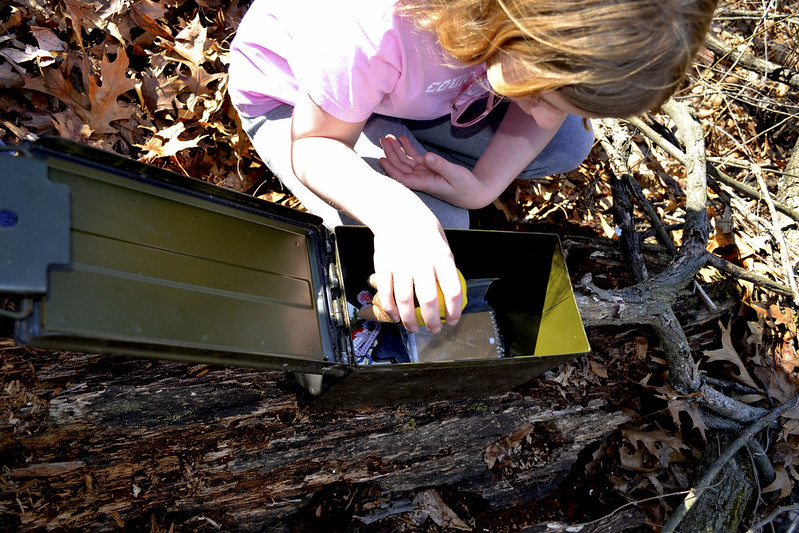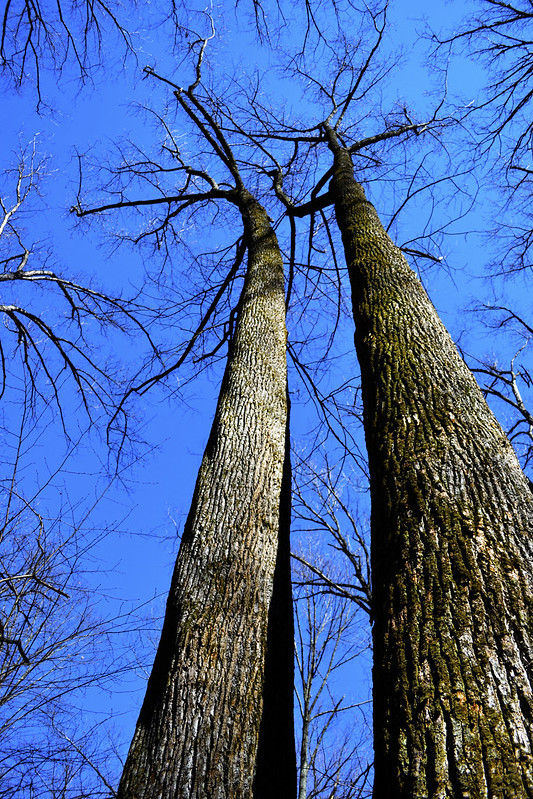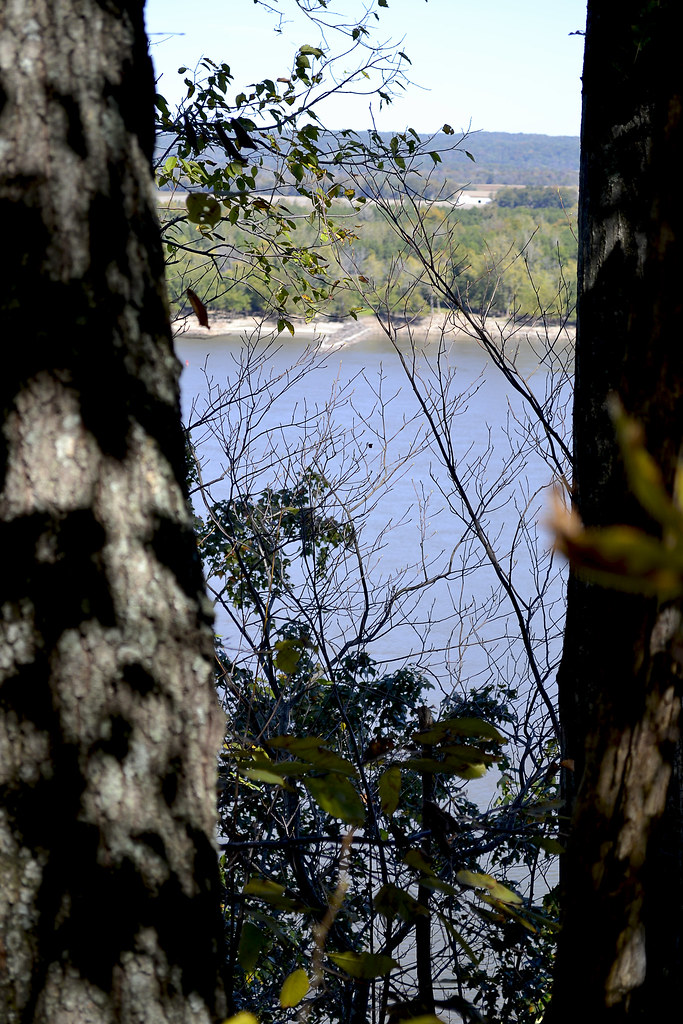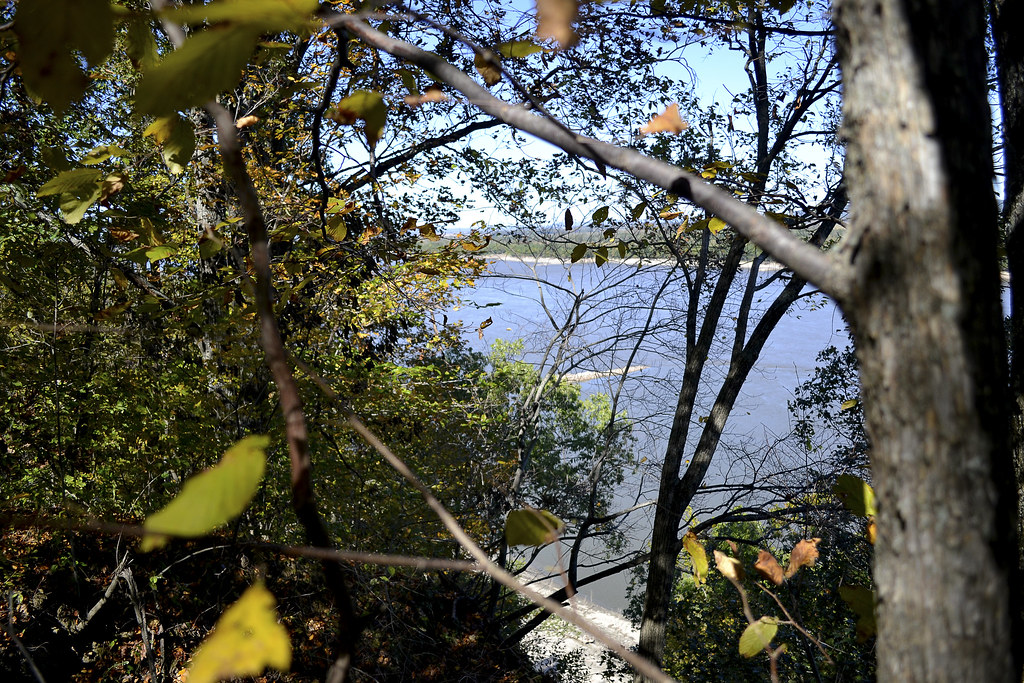 |
| Looking downstream at the Hippie Hole |
Taking the Right Fork...
Just a few weeks ago I did a short
write up on the Castor River Shut Ins of Amidon, which were located just off the left fork in the road as we entered the
Amidon Memorial Conservation Area. It was a quick jaunt down the well groomed and maintained trail to get a look at those gorgeous, smooth pink granite boulders that had been shaped and sculpted for years by the Castor River. After finishing the Jekyll and Hyde trail that looped the left area, I left a little "cliff hanger"... What was down the right fork?
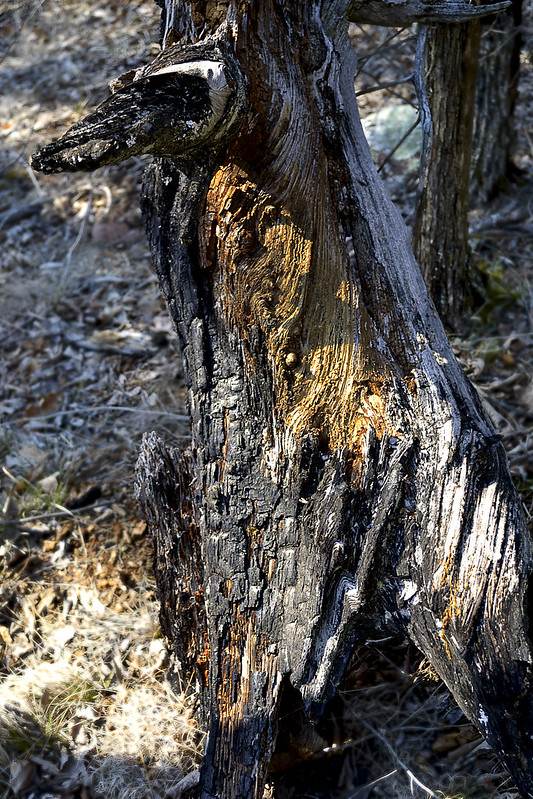 |
A firestruck tree we found searching
for the mystery concrete foundation. |
Well, I suppose I'll retrace my steps a bit, and get you out to the area again with a bit of old fashioned written directions. From St. Louis, you'll take I-55 South to US 67 South towards Bonne Terre/Farmington. After about 50 or so miles you'll need to take MO-72/US-67 BUS toward Fredricktown. At the roundabout (traffic circle) you'll want to continue on Missouri Highway 72, and follow to US-72/Missouri OO where you'll turn right, continuing on US-72 until you see a turnoff on Route J, you'll turn left onto Route J and then keep an eye out for Route W, which you'll take a right on. Follow Route W until you reach County Road 208 (CR 208) and follow that until it turns to a gravel/dirt road and you reach a fork in the road at Amidon Memorial Conservation Area, this time, we'll bear right and continue on CR 208!
Not far down the road from the fork, you'll find a parking lot on your left. If you "dig" (no pun originally intended) gravestones and old family graveyard plots, you can park here and search out the two small cemeteries that are located in the field. We searched for them both, but were only able to find one. We discovered it by hiking directly west of the parking lot to a small grove of cedars. There, in the shade of the evergreens were a few gravestones, to be honest, I haven't investigated those that are entombed there... That may provide another bit of an adventure.
 |
| Taking a pause by Hippie Hole in the Fall. |
If you hop back in your vehicle and continue down further on CR 208 you'll come to what the
area map has labeled as a "Deep Fjord-Caution". This is, in fact, an unaided crossing of the Castor River, think you're up to it? Let me begin with one quick note, never, ever, ever cross flooded, deep or rapidly moving water. Do not cross it on foot, do not cross it in a car, do not attempt upon a lamb and do not cross with green eggs and ham. In all seriousness, don't cross it, you could die. Now, with the pleasantries of possible death taken care of let's get to how you might be able to tell all your friends that you crossed the Castor River in your car! It's simple, after you've established that the water isn't too deep or flooded, find a line and then
slowly cross. Don't fire it up there Evel Knievel style and gun it in an attempt to skip across, if you do that you'll run a risk of driving the water into your engine and killing it, just take it easy with slow steady pressure and poof, you'll be safely across. If it looks too deep or you're just a bit frightened of crossing a river in your car (perhaps it's the thought that the river may end up running
through your car), you can safely park your car off the road and walk across if you like. In fact, if you just want to play in the water, this crossing area is a great spot to cool off and search for some crawdads hiding underneath rocks. But the real refresher lies about a half mile upstream, at a place a local swimmer we met called the "Hippie Hole".
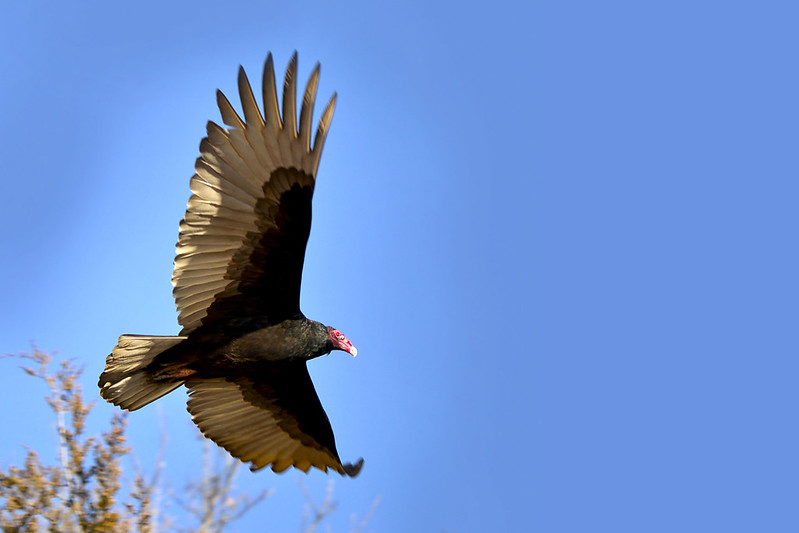 |
| Keep your eyes up too, you never know what may be up there! |
Once you've crossed the Castor River, keep an eye out for a possible second crossing over Stannett Creek very soon after, same rules apply to this crossing, be safe please. After the short crossing of Stannett Creek look for a gravel parking lot to your left, this will be were you may begin your short trek to the Hippie Hole! The trail head begins there at the parking lot and will begin by taking you just on the outskirts of a cleared field. Here wildflower abound during the spring and birds seem to be nearly everywhere. Once to the far edge of the field you will enter into a more wooded area, here the trail is clearly visible, but be careful of exposed roots from the trees that line the trail, they can easily trip you up. This trail will wind alongside the Castor River, with a full canopy of hardwood trees surrounding you as you get closer to Hippie Hole. When the canopy opens up and you hit a gigantic solid mass of pink granite (like in the picture up top) you've arrived at the Hippie Hole. This is a great place to take a dip or even a jump or two!
 |
| Love these big pink boulders! |
Once you've arrived at the Hippie Hole the trail, for the most part, ends. But don't let that stop you if you're up for a bit of adventure! We continued on, constantly keeping the river within view through the trees, heading ever northward. A local swimmer we met upon our initial arrival had told us of an old building foundation, somewhere "up there" with full finger pointing proximity, and despite our best efforts, we were unable to find it during our extended hike. However, we did find some absolutely beautiful rocks, some chock full of quartz crystals of different colors, and plenty of huge boulders to climb, jump and impersonate Spiderman upon! Also, if you're quiet (and we were), you may even walk up on some whitetail deer in this area. We came across a small herd of 5-6 as we crested a hill, and all of us had a bit of a shock! There are also plenty of squirrels, birds, small reptiles and wild turkey that play in the woods here. You could hike up to the
Castor River Shut Ins by just continuing to follow the river upstream a bit over a mile or so, as well if you like.
Now, I referred to this area Hippie Hole and I'm no local. I've heard there are some that call it different names, while others have Hippie Hole in a different location all together... All I can do is count on that one local swimmer's account for the naming of this area, but of course, his directions to that concrete foundation weren't so great, so he may have been a bit off... But with cool waters to tread in and rocks to take a plunge from, I'll just call it a great old fashioned swimmin' hole!
More Information:
Amidon Memorial Conservation Area Homepage
Amidon Area Map (may want to refer to this as you drive from Fredricktown to Amidon for directions*)
Audubon Society of Missouri Amidon Bird Check List
*Note on map below... Google seems to use different terminology on some roads/rural highways, the path below should still get you to the area from St. Louis.
View Larger Map




